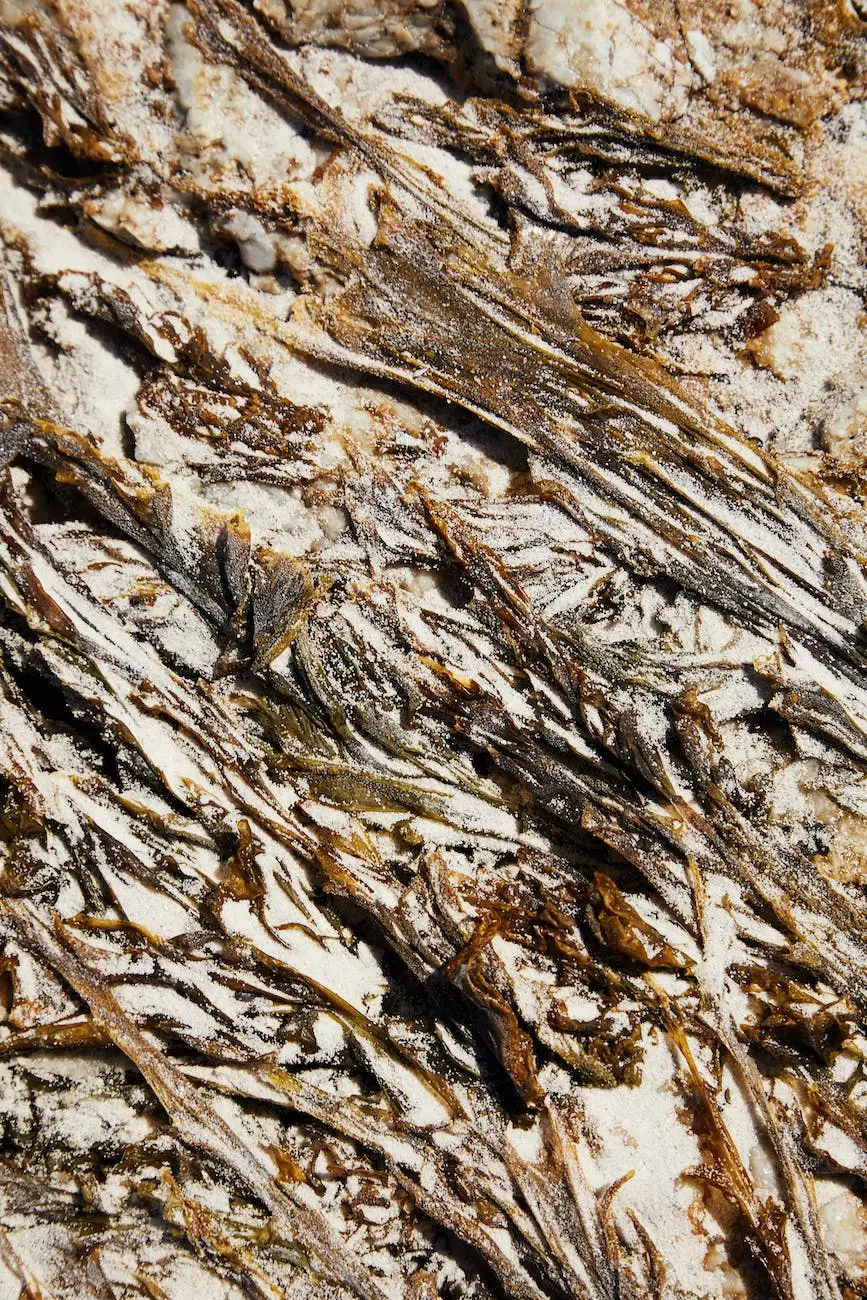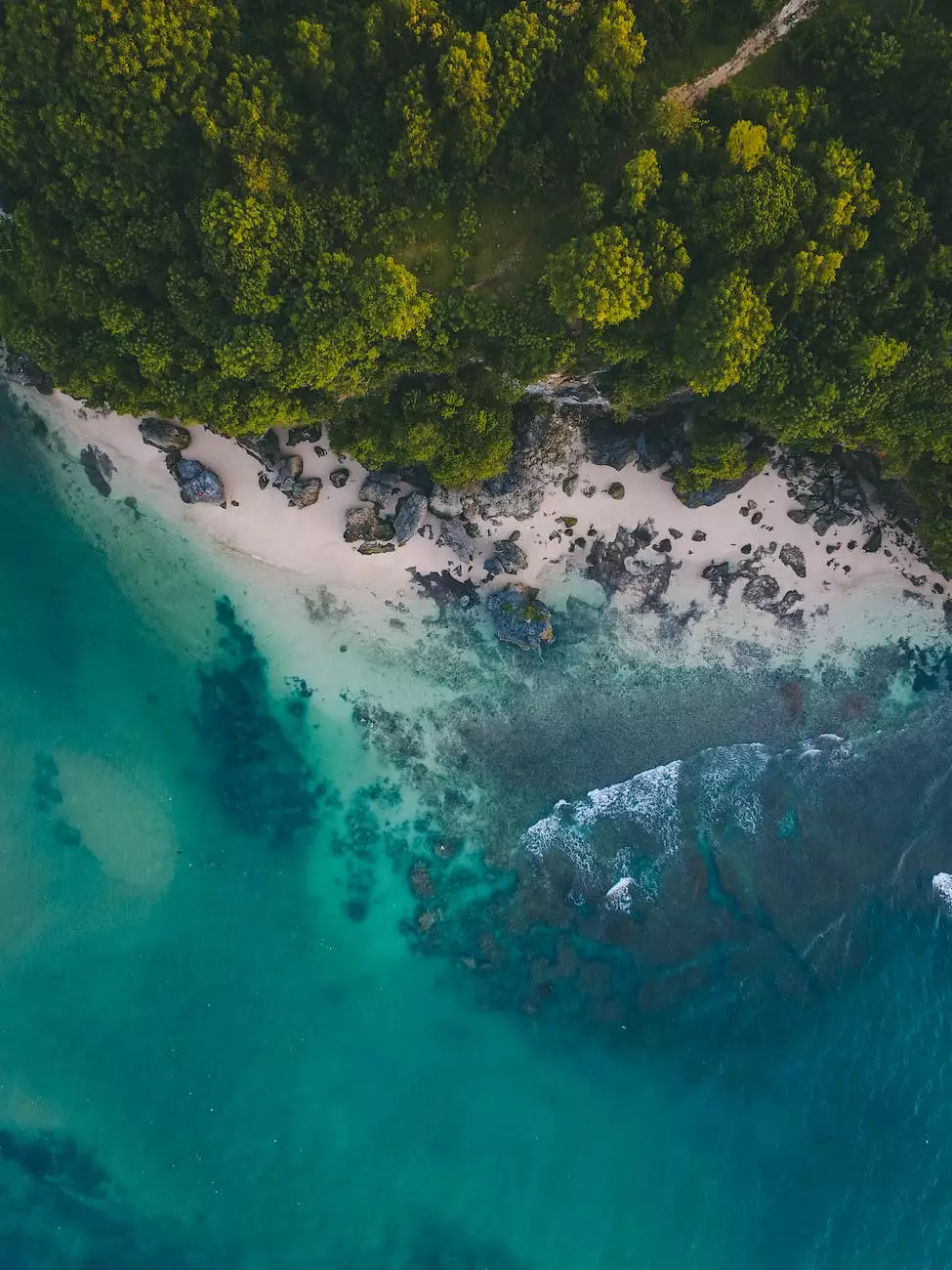Sargassum: Friend or Foe?
Environment
The Intriguing World of Sargassum
Sargassum is a genus of brown seaweed that has gained significant attention due to its increasing abundance in coastal areas around the world. This floating seaweed, also known as gulfweed, is named after the Sargasso Sea in the North Atlantic Ocean, where it forms extensive mats. While some see it as a natural wonder, others consider it a nuisance or even a threat. In this article, Hot Cool Dude SEO dives deep into the details surrounding Sargassum, exploring its ecological importance, potential benefits, and associated challenges.
The Ecological Significance of Sargassum
Sargassum plays a vital role in marine ecosystems by providing a unique habitat and nursery grounds for a diverse array of organisms. Its floating mats serve as a refuge for various fish species, sea turtles, and marine invertebrates. The seaweed's canopy structure offers protection against predators and serves as a feeding ground for countless marine creatures. Additionally, Sargassum provides important nutrients to surrounding waters and supports primary productivity.
Sargassum's Impact on Coastal Communities
While Sargassum plays a crucial role in the marine environment, its abundance can present challenges for coastal communities. The excessive accumulation of seaweed on beaches can have negative economic implications for tourism-dependent regions. The sight and smell of rotting Sargassum can deter visitors, impacting local businesses and livelihoods. Coastal residents often face the considerable task of clearing the seaweed and maintaining pristine shorelines.
The Challenges of Sargassum Blooms
Sargassum blooms, characterized by massive influxes of the seaweed, have become more frequent in recent years. These blooms are believed to be linked to various factors such as climate change, nutrient runoff, and changes in ocean currents. The increased occurrence of Sargassum can overwhelm ecosystems, leading to oxygen depletion in the water, harming marine life, and potentially impacting commercial fishing activities. As the frequency and intensity of these blooms continue to rise, finding effective solutions has become imperative.
Exploring Solutions
Addressing the challenges posed by Sargassum requires a multifaceted approach involving research, innovation, and collaboration. Scientists, environmentalists, and local communities are working together to find sustainable solutions to mitigate the negative impacts of Sargassum blooms. These efforts include studying the factors contributing to blooming episodes, developing technologies for seaweed removal, and exploring innovative uses for harvested Sargassum.
The Potential Benefits of Sargassum
Sargassum possesses valuable properties that can be harnessed in various industries. The seaweed is rich in essential nutrients, minerals, and bioactive compounds, making it a potential source for fertilizers, animal feed, and even pharmaceutical products. Additionally, ongoing research explores the potential use of Sargassum in the production of biofuels, bioplastics, and other sustainable materials. By recognizing and utilizing the benefits of Sargassum, we can transform this abundant seaweed into a valuable resource rather than merely considering it a nuisance.
The Future of Sargassum
As we continue to delve into the complex relationship between humans and Sargassum, it is essential to strike a balance between conservation and effective management strategies. Embracing sustainable practices, such as proper waste management, controlling nutrient runoff, and supporting ongoing research, can help mitigate the negative impacts of Sargassum while unlocking its potential benefits. By understanding and respecting the ecological significance of Sargassum, we can work towards a harmonious coexistence with this fascinating seaweed.
Stay Informed with Hot Cool Dude SEO
At Hot Cool Dude SEO, we provide the latest insights on various environmental topics, digital marketing strategies, and much more. Stay connected with us to explore the fascinating world of Sargassum and other engaging subjects. Subscribe to our newsletter and follow our blog for regular updates and expert analysis.










